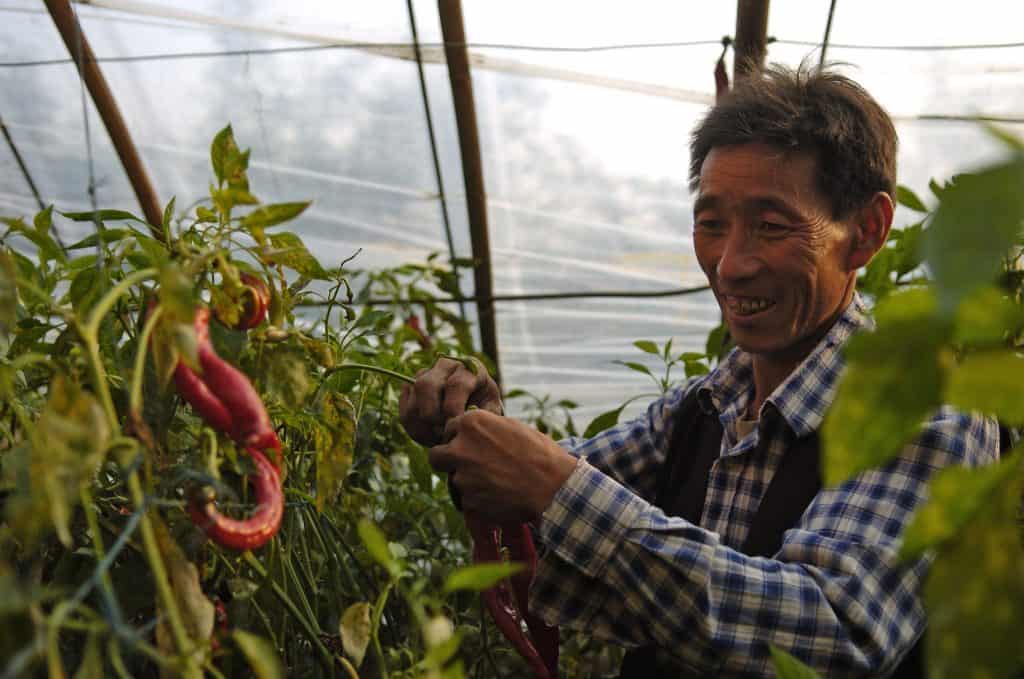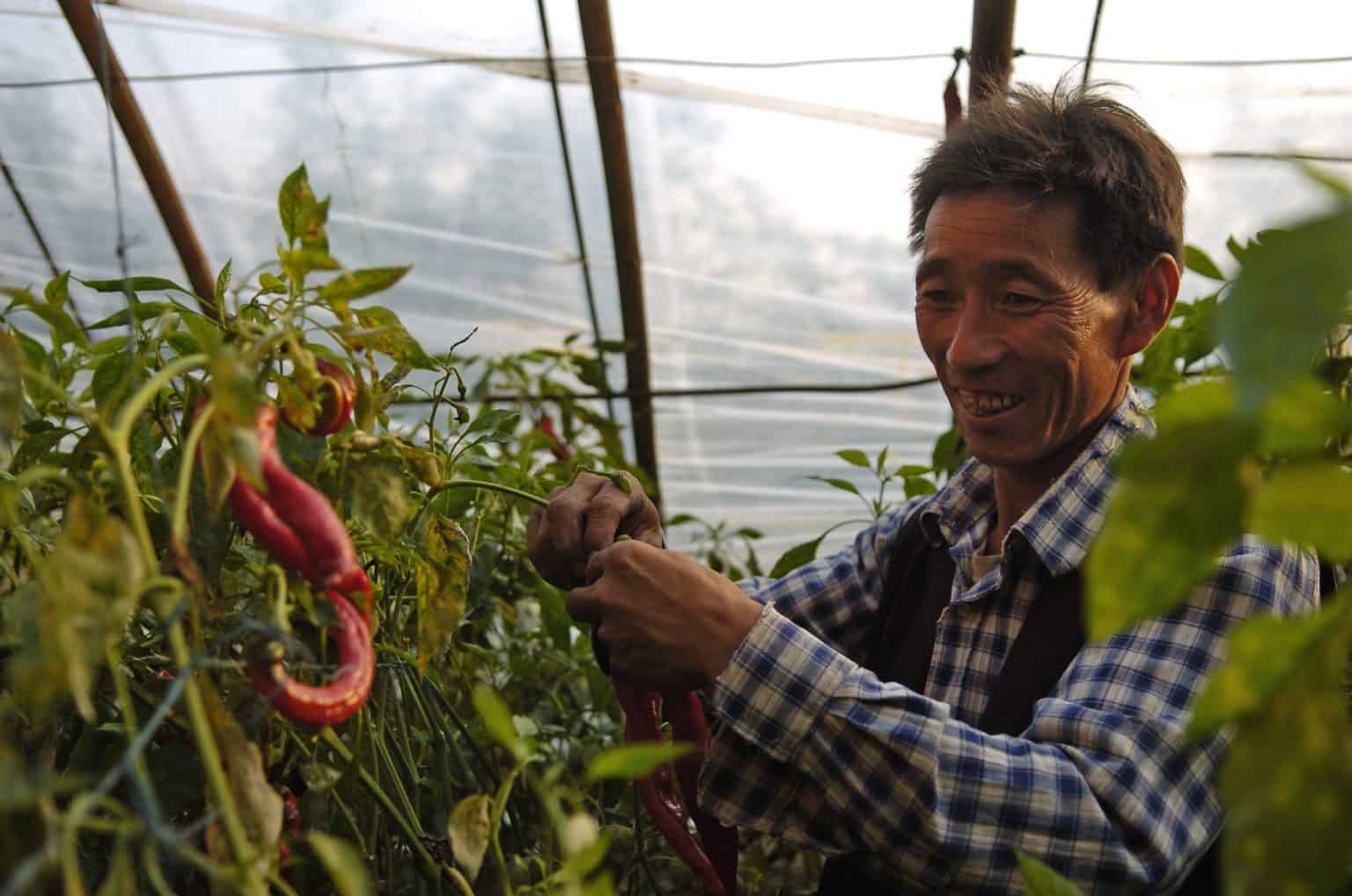Ready for even more solutions? You’ve come to the right place.
Knip it Good
Despite Amsterdam’s well-publicized innovations in prioritizing people over cars, the city is always looking for ways to reduce driving just a little more. Last week, it unveiled new measures aimed at nudging even more people out of their vehicles, including all-night transit service on weekends and a street redesign known in Dutch as a knip.

A knip is a simple method of using barriers to cut a street in two, allowing drivers to access the street while making it impossible to drive from one end to the other. This ensures that any car using that street—an Uber making a pickup, a truck dropping off a package—has a destination there and isn’t just passing through. Amsterdam has already knip’d the road that passes by its main train station, and traffic there has fallen by 70 percent. Now, says Citylab, it’s rolling out knips on more central streets, and is even considering using cameras to prohibit driving all the way through the city entirely. It’s all part of Amsterdam’s effort to knip CO2 in the bud and meet its goal of becoming an emissions-free city by 2030.
Harvesting the Sun
California has two big problems: Not enough water and not enough solar. A new report from the Nature Conservancy suggests a two-birds-one-stone solution.
California has been installing photovoltaic panels like mad, which has reduced its reliance on fossil-fuel electricity. But it still needs a lot more solar power to meet its goal of a carbon-free grid by 2045. Where to put all those panels, however, is a tricky question. This is a heavily populated place, and solar panels take up vast amounts of space.
At the same time, the state’s agriculture sector is facing its own dilemma: how to keep the irrigation flowing once the state’s new groundwater pumping restrictions kick in.

The Nature Conservancy suggests a way to solve both problems at once: convert those sun-drenched, aquifer-draining Central Valley farms into solar fields. The terrain is already degraded from decades of farming, and the revenues from the energy production could replace the farmers’ incomes while helping the environment instead of harming it. For instance, the company that makes Pom Wonderful has been building solar arrays on its fallow fields since 2007, and its owners tell the Los Angeles Times they’re making as much money with solar as they do growing pomegranates.
But where will we get our superfoods now? Don’t worry, your avocado toast is safe—according to the Times, California could convert 470,000 acres of farmland to solar before its fruit and nut growers feel the squeeze.
Collective Action
The forced collective farming of the Mao era left Chinese villagers shell-shocked. But a new cooperative model is reviving the practice, this time from the bottom up. Farmers Specialized Cooperatives (FSCs) are village-run agricultural collectives enabled by a national law put into force in 2007. Unlike the government-mandated collectives of decades past, FSCs are entirely voluntary, yet still receive government support in the form of necessities like fertilizer. They also give small landholders a system to share expensive resources, like greenhouses. And they seem to be fostering a sense of community, too, writes a researcher in Sixth Tone. Villagers who are too old to farm use them contract out their land to other co-op members, and after one village flooded in 2011, its FSC banded together to support the affected farmers.

FSCs are proving popular and seem to be putting old fears to rest—since 2007, they’ve exploded in number from 26,000 to over 2 million. “When considered against the backdrop of an increasingly hollowed-out countryside, these and other, similar projects have not just practical significance, but real social value as well,” the researcher concludes.













